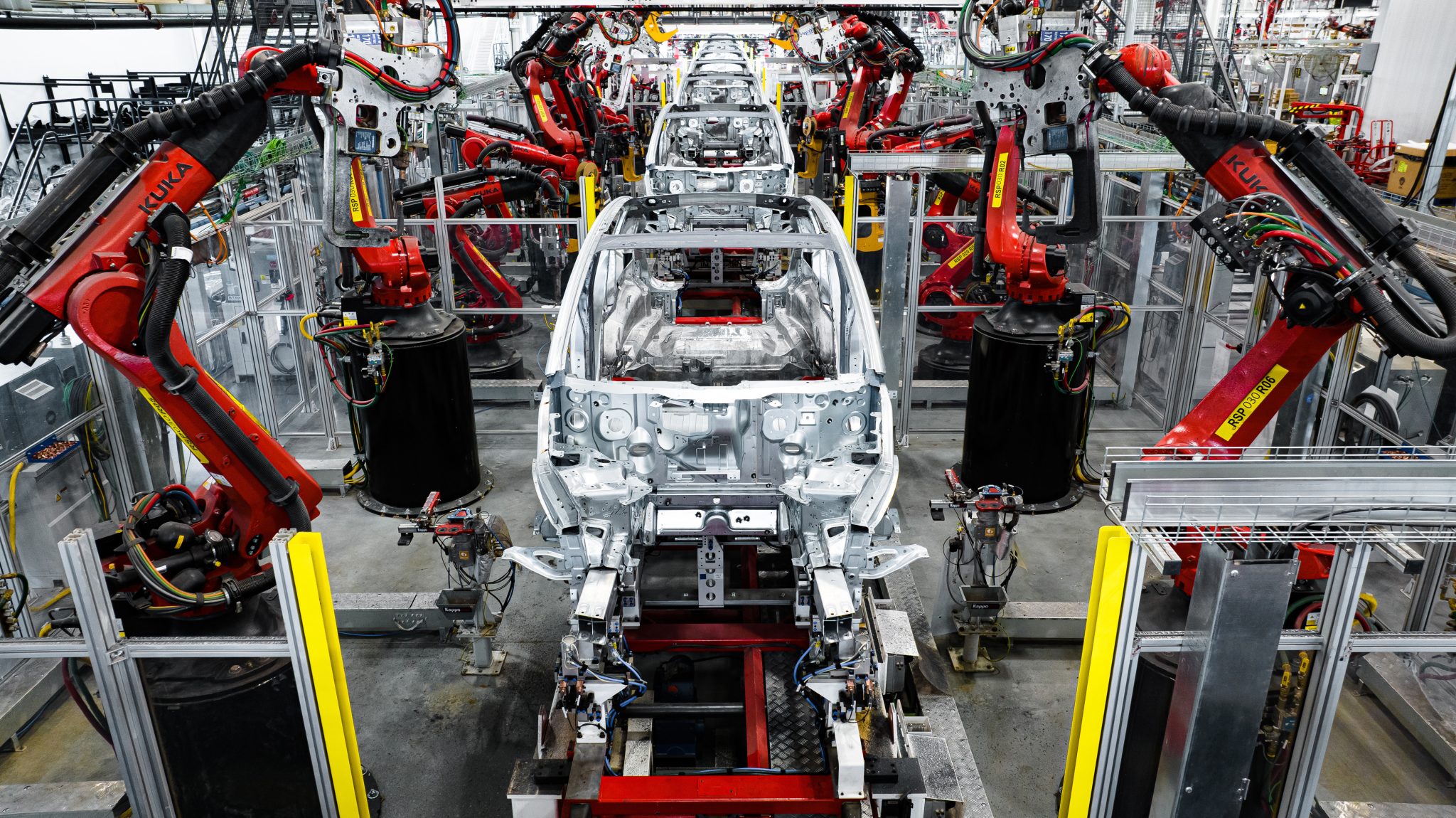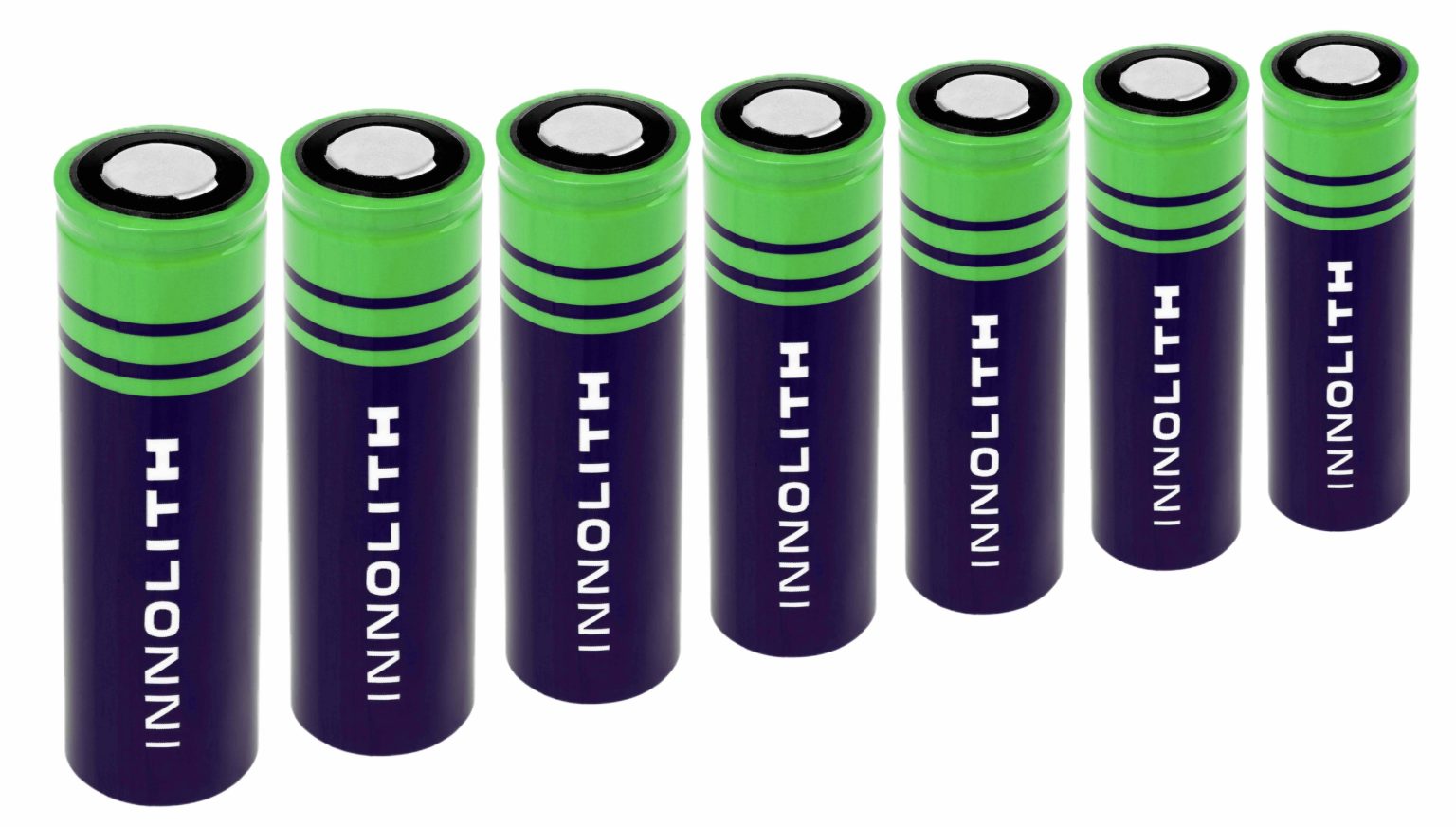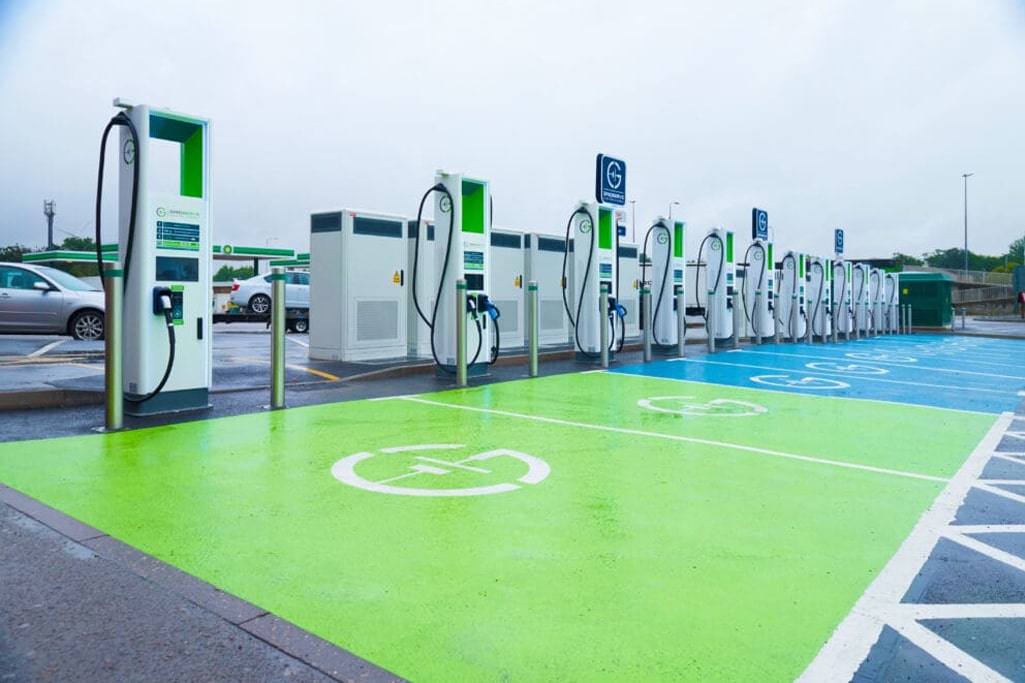Schiphol Airport in the Netherlands is embarking on a transformational project that will repurpose five existing buildings into a state-of-the-art facility catering to car rental companies. The endeavor, set to be completed by the end of 2024, is poised to revolutionize the airport’s approach to sustainable transportation.
Spanning a substantial total surface area of 40,000 square meters, these repurposed buildings will house facilities for car maintenance, repairs, and vehicle washing, with a particular focus on electric vehicles (EVs). This development aligns perfectly with the airport’s vision of fostering a greener and more eco-conscious future.
Atop these transformed buildings will sit a colossal roof adorned with 17,000 square meters of solar panels. This extensive solar installation is projected to generate an amount of electricity equivalent to the annual consumption of a staggering 1,000 households, according to the airport authority. The abundance of renewable energy generated by these panels signifies a significant step towards reducing the airport’s carbon footprint and reliance on conventional power sources.
One of the most remarkable features of this innovative electric vehicle rental hub is its capacity to simultaneously charge over 300 electric cars. This signifies a substantial leap forward in supporting the growth of electric mobility at the airport, catering to the increasing demand for EVs in the region.
The Royal Schiphol Group, as part of its broader sustainability strategy, made a significant announcement towards the end of the previous year. The organization has ambitious plans to deploy 10,000 charging stations for electric vehicles across its airport network by the year 2030. Remarkably, the Dutch airport operator has already taken tangible steps towards realizing this vision by awarding tenders for the project to local companies Ecotap and FIMIH.
As the completion of the car rental facility draws nearer, Schiphol Airport reaffirms its commitment to advancing sustainable transportation solutions and reducing its environmental impact.







